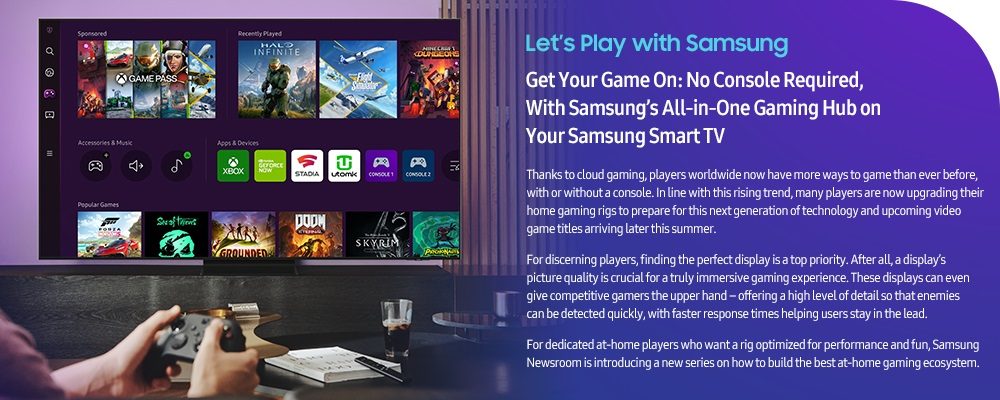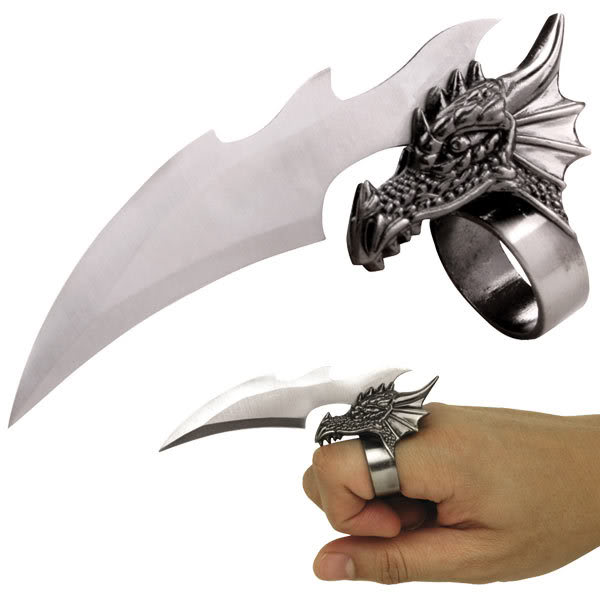Where in the world is carmen sandiego game
Our first year has given our team much to be proud of; we have broadened access to game streaming around the world – players across nine territories can access high-quality game streaming on over 21 million Samsung devices – giving new and established players more choices to ‘just play’ on their own terms. https://replaysofthestorm.com/ Monthly Active Users have grown on Samsung Gaming Hub, with a thirteenfold increase from July 2022 to May 2023. And this is just the beginning.
The game’s concept is simple, encouraging many casual PC and mobile gamers to have a dabble. Players enter teams of five and lock horns in player-v-player (PvP) combat. Teams must battle to defend their half of the map while doing everything they can to take control of their opponent’s half. Its inclusion as a market-leading esports title also cements League of Legends as one of the most popular games in the world this year.
Counter-Strike: Global Offensive (CS) is a highly popular first-person shooter game developed by Valve Corporation and Hidden Path Entertainment. Released in 2012, it is the fourth game in the Counter-Strike series and has remained a staple in the competitive gaming community. CS features two opposing teams, the Terrorists and the Counter-Terrorists, who must complete various objectives while trying to eliminate the opposing team. Common game modes include Bomb Defusal, where Terrorists try to plant a bomb while Counter-Terrorists aim to stop them or defuse it, and Hostage Rescue, where Counter-Terrorists try to rescue hostages held by the Terrorists.

Mad world game
Their partnership continued with 2014’s Bayonetta 2, which sparked controversy for being a Wii U exclusive when its predecessor is a multi-platform title. According to executive producer Atsushi Inaba, the company worked with Sega to create the game’s sequel. It was later cancelled in the middle of the game’s development until Nintendo offered to work with the company to revive it and fund the project. Sega only served as the game’s advisor. Inaba added that Nintendo did not actively interfere with the game’s development, and compared its role to that of an observer. Kamiya, who originally did not expect a sequel to the game, served as the game’s supervisor. Replacing Kamiya as the game’s director is Yusuke Hashimoto. Hashimoto focused on refining the original’s combat, and extending the game’s replay value. Bayonetta 2 received critical acclaim on its launch, with several gaming publications awarding the game a perfect score. Though Nintendo did not comment on the game’s sales, the title sold only 38,828 copies in Japan in its first week of release, faring much worse than the original. It became the seventh best-selling retail game in the UK in its first week of release, but sales declined significantly in the second week.
MadWorld was created by PlatinumGames, a studio founded by former members of Capcom’s Clover Studio, in their attempt to make a game that would be «fun and attractive» for the Wii, but that would also have a high level of violence that would make it unique for the system. The game was produced by Atsushi Inaba, who had previously produced Viewtiful Joe, and directed by Shigenori Nishikawa, one of the designers of Resident Evil 4. The developers chose violence as the main theme of the title, but experimented with a variety of cartoon-like art styles to alleviate the violent content with a sense of humor, ultimately deciding upon a black-and-white aesthetic with splashes of red for blood. Inaba and Nishikawa acknowledged the influence of Frank Miller’s Sin City in the work, but also noted they borrowed from both Western and Japanese comic book styles to create a unique style. Comic-book style text and sound effects are also used in the game. The main character, Jack, was designed to be «big and tough» rather than traditionally heroic, with an appearance that suggests he «has been worn down by the world.»
The company gradually developed more and more licensed titles based on existing properties. Their partners grant them creative freedom while creating these games’ gameplay. Their second licensed title is The Legend of Korra (2014), based on Nickelodeon’s animated series of the same name. Published by Activision, the game’s story was written by Tim Hedrick, the show writer. The game received a mixed reception when it was launched. Following The Legend of Korra is Transformers: Devastation, based on Hasbro’s Transformers: Generations. Directed by Saito, the game was designed to look and feel different from previous Transformers games. The title received favorable reviews when it was released in 2015. The third licensed title, Teenage Mutant Ninja Turtles: Mutants in Manhattan was released in May 2016. According to game designer Eiro Shirahama, the team watched the TMNT animated series and also played the old TMNT games for the Super Famicom while working on the game so as to understand the universe and the characters. The game garnered mixed reception when it was released.

Their partnership continued with 2014’s Bayonetta 2, which sparked controversy for being a Wii U exclusive when its predecessor is a multi-platform title. According to executive producer Atsushi Inaba, the company worked with Sega to create the game’s sequel. It was later cancelled in the middle of the game’s development until Nintendo offered to work with the company to revive it and fund the project. Sega only served as the game’s advisor. Inaba added that Nintendo did not actively interfere with the game’s development, and compared its role to that of an observer. Kamiya, who originally did not expect a sequel to the game, served as the game’s supervisor. Replacing Kamiya as the game’s director is Yusuke Hashimoto. Hashimoto focused on refining the original’s combat, and extending the game’s replay value. Bayonetta 2 received critical acclaim on its launch, with several gaming publications awarding the game a perfect score. Though Nintendo did not comment on the game’s sales, the title sold only 38,828 copies in Japan in its first week of release, faring much worse than the original. It became the seventh best-selling retail game in the UK in its first week of release, but sales declined significantly in the second week.
MadWorld was created by PlatinumGames, a studio founded by former members of Capcom’s Clover Studio, in their attempt to make a game that would be «fun and attractive» for the Wii, but that would also have a high level of violence that would make it unique for the system. The game was produced by Atsushi Inaba, who had previously produced Viewtiful Joe, and directed by Shigenori Nishikawa, one of the designers of Resident Evil 4. The developers chose violence as the main theme of the title, but experimented with a variety of cartoon-like art styles to alleviate the violent content with a sense of humor, ultimately deciding upon a black-and-white aesthetic with splashes of red for blood. Inaba and Nishikawa acknowledged the influence of Frank Miller’s Sin City in the work, but also noted they borrowed from both Western and Japanese comic book styles to create a unique style. Comic-book style text and sound effects are also used in the game. The main character, Jack, was designed to be «big and tough» rather than traditionally heroic, with an appearance that suggests he «has been worn down by the world.»
World series game 6
• The Cardinals have played in the most winner-take-all Game 7s, going 11-5, including their most recent World Series championship in 2011. The Yankees (14, with a 6-8 record) are next on the list, but lost their most recent to the Astros in the 2017 ALCS. The Red Sox have also played in 10 winner-take-all Game 7s, going 4-6 but with some memorable wins, topped off by their victory over the Yankees in the 2004 ALCS.
The gritty play of eventual ALCS MVP Marty Barrett and Rich Gedman; clutch hitting from veterans Jim Rice, Wade Boggs, Don Baylor, Dwight Evans and Dave Henderson; and quality starting pitching, especially from 1986 American League MVP and Cy Young Award winner Roger Clemens, Bruce Hurst and Oil Can Boyd, pushed the Red Sox to the World Series. The team’s defining moment occurred in Game 5 of the 1986 American League Championship Series against the California Angels. With the Angels leading three games to one in the best-of-seven series and their top reliever Donnie Moore on the mound, the Sox needed a last-out miracle home run from Henderson to survive Game 5; they later loaded the bases and got the go-ahead run on a sacrifice fly from Henderson off Moore in the 11th. The Angels never recovered from this blow, and with Boston capitalizing on some defensive miscues by the Angels, and clutch performances by some of their big name players (namely Rice and Clemens in the deciding game), the Red Sox clinched the pennant with a seven-game series win.
The celebration, however, was put on hold as Carter singled to bring the tying run to the plate. Had he not come out in the ninth inning, Strawberry would have been the next batter. However, Mazzilli had taken his place in the field when Aguilera was brought in to pitch the ninth inning; as a result of the double switch, the pitcher’s spot was now due and Johnson called for utility man Kevin Mitchell to pinch hit for Aguilera, who stood to lose the game as the pitcher of record unless the Mets somehow rallied to at least tie the game.
